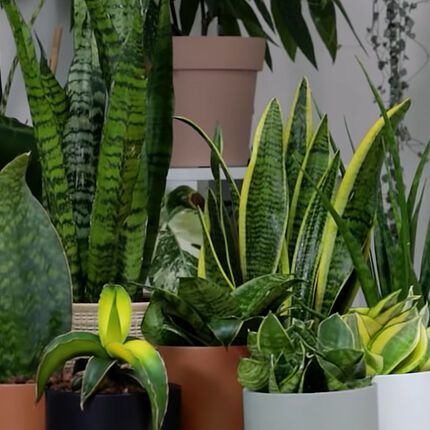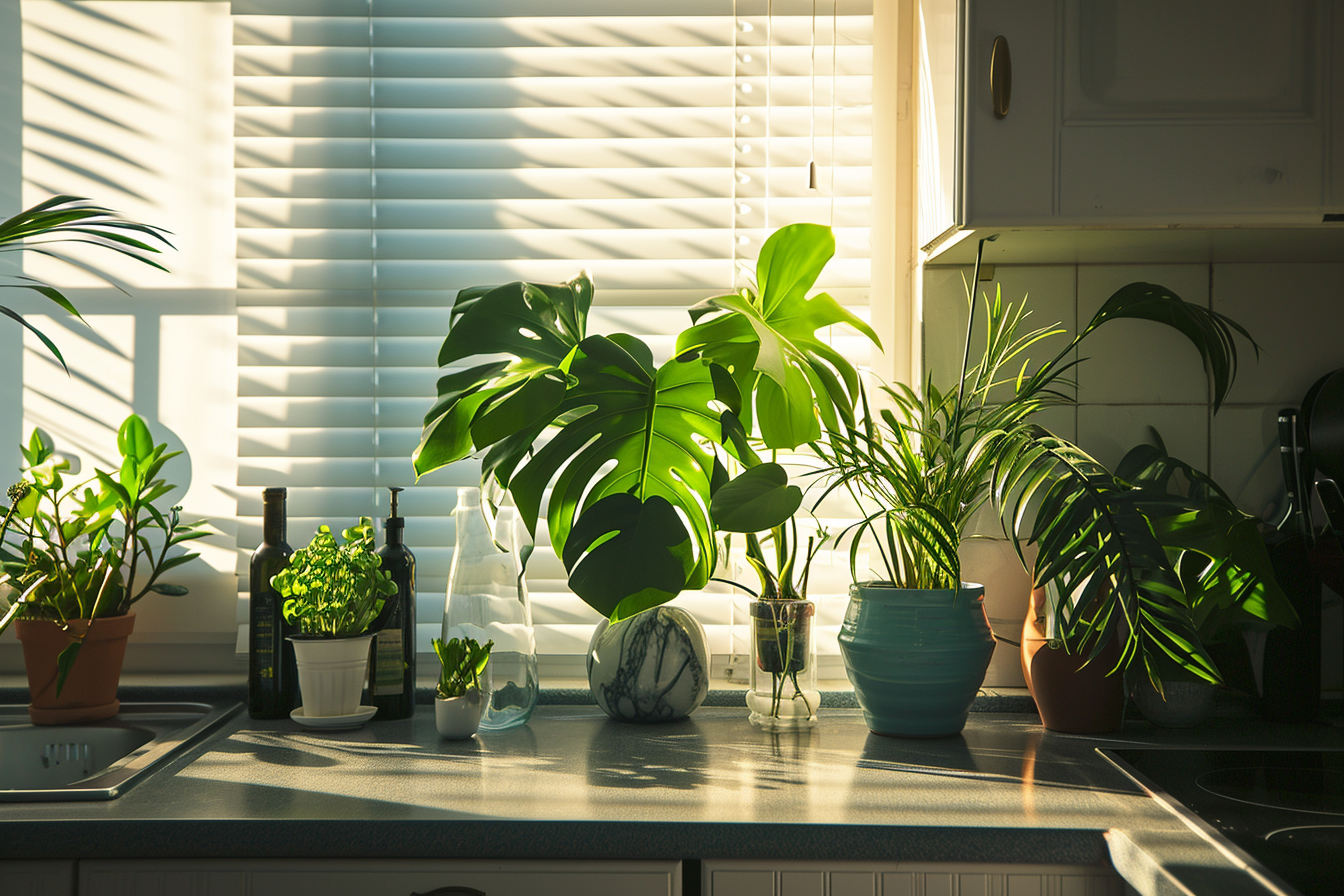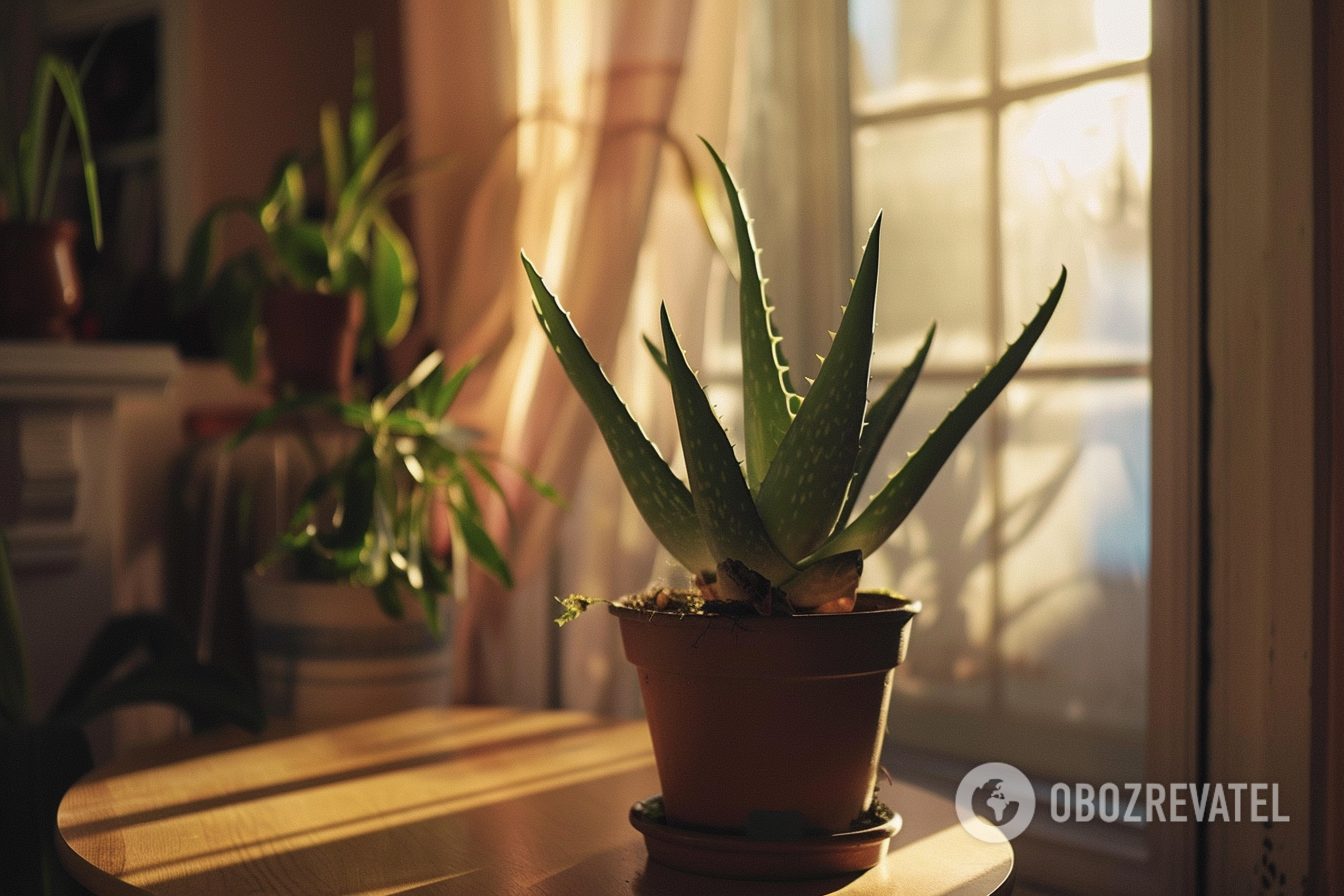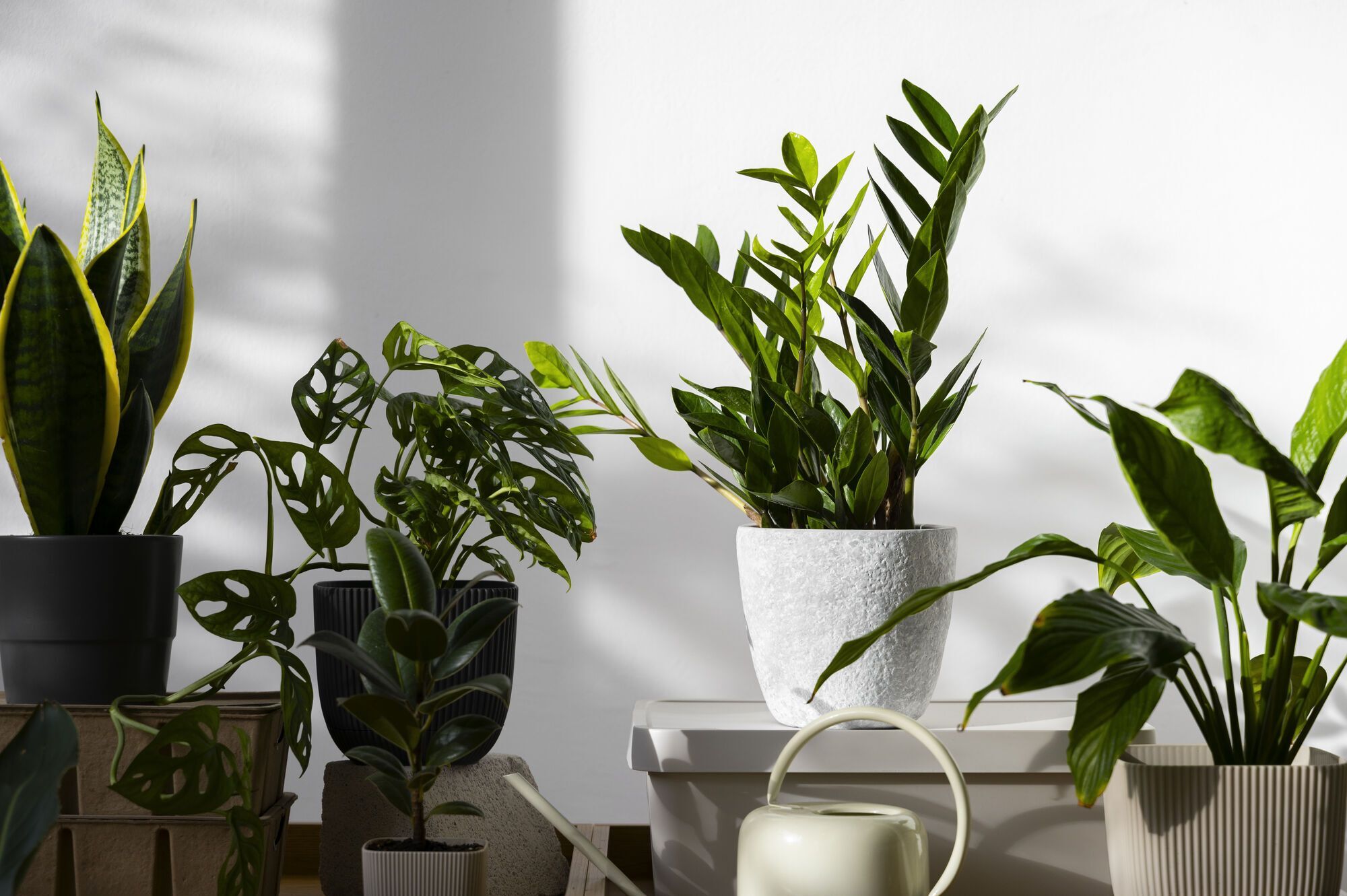News
How to prepare houseplants for winter: top tips
Winter can be a real challenge for indoor plants that are not protected from dangerous factors. Despite living in a comfortable environment, temperature fluctuations, dry air, and limited light can significantly affect their health.
Therefore, it is important to adapt plant care to winter conditions. Here are the main recommendations from experts that will help your plants not only survive but thrive during the cold months.
Care intricacies
Before starting winter care for indoor plants, it is important to learn about the specific needs of each species. Different plants can have significant differences in winter care. For example, amaryllis and poinsettias have different requirements compared to more hardy plants such as pothos or indoor geraniums. Therefore, you should do a little research to understand exactly what your plants need.
Watering rules
Setting up a watering regimen is one of the most important aspects of winter care. During the colder months, plants grow more slowly and may even go dormant, so they need less water. It is important to remember that overwatering can lead to root rot. Check the soil moisture by pushing your finger an inch or two deep - only when the soil is dry should you water the plant.
Indoor comfort
You should also pay attention to the humidity level in the room. In winter, in heated houses, the humidity often drops to 10-20 percent, while plants prefer 50 percent. If you have a humidifier, place the plants near it. If not, try grouping the plants together so they can keep each other humid, or place them on a tray of water using pebbles to avoid root rot.
Comfortable temperature
Temperature is also critical for plant health. Most indoor plants feel comfortable at daytime temperatures between 18 and 24 degrees Celsius. Avoid sudden changes by keeping plants away from cold drafts and heat sources such as radiators and stoves. This will help prevent stress on your plants and keep them healthy.
Light
It is equally important to provide plants with enough light. In winter, the amount of sunlight decreases, so you may need to move the plants to a more lighted place. The best place is near a south or west window, where the sun will shine the most. It is also important to rotate the plants so that all parts of them receive enough light.
Do you need fertilizers?
Most houseplants do not need fertilizer in winter, as their growth slows down. Feeding during this period can interfere with their natural cycle. Therefore, it is recommended to stop fertilizing until spring, when signs of new growth appear. However, tropical vines may require a small amount of fertilization, so their nutrition should be monitored.
Winter care for indoor plants can be tricky, but with the right approach, your plants are sure to maintain their health.
Subscribe to OBOZ.UA channels on Telegram and Viber to keep up with the latest events.


































